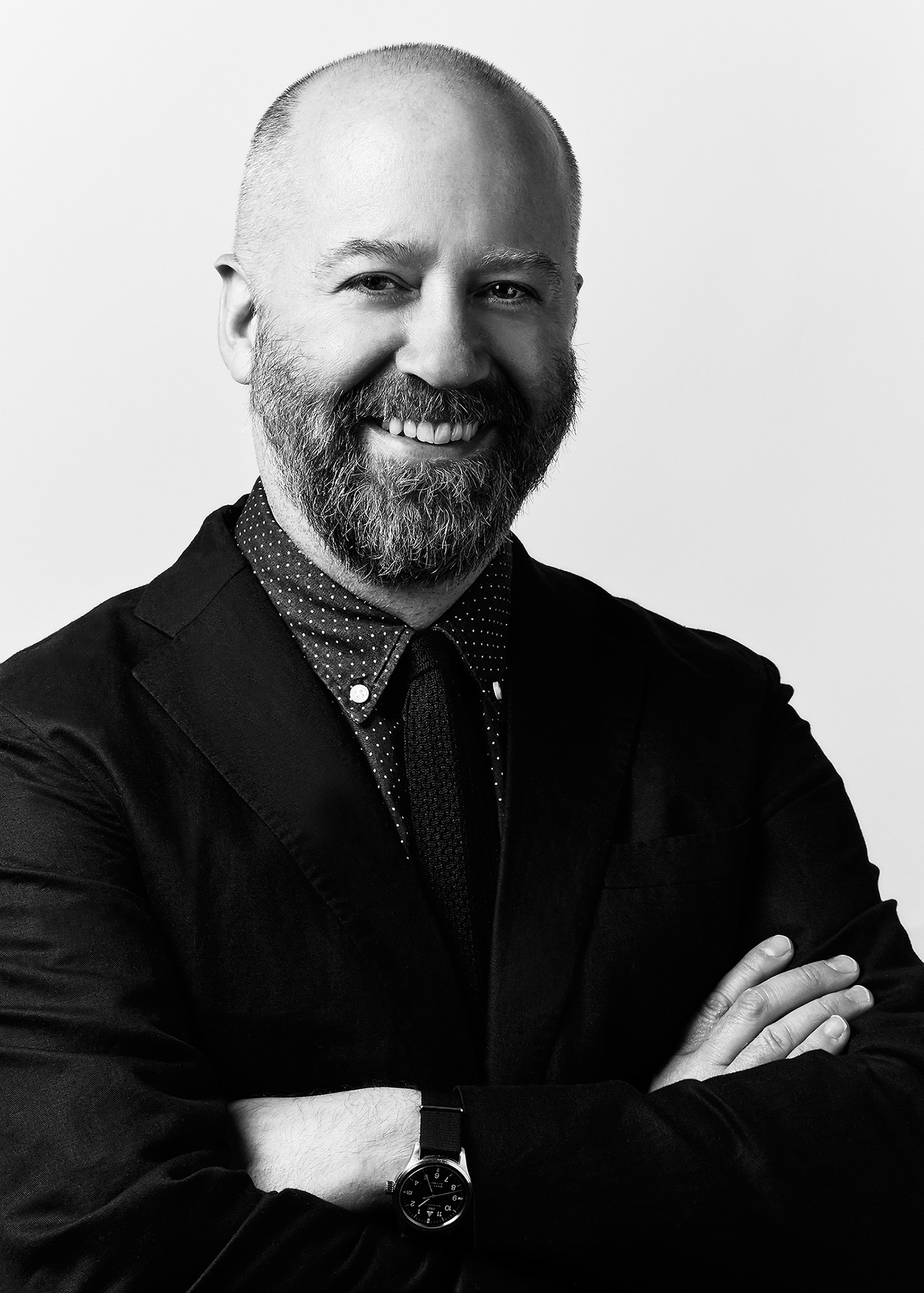Why Uniqlo Matters

I’ll often tell people how ironic it is that shopping is better (both in terms of price and selection) in my home towns of Minneapolis and St. Paul than it is in New York City. Minnesota has no tax on apparel, and for someone with my modest budget, the vintage stores have a wider selection at lower prices.
But there’s one huge exception: Uniqlo.
For those of you outside of New York who may not be familiar with it, the fast-growing Japanese Uniqlo chain is what Gap was twenty years ago. It offers trendy basics for men and women—surprisingly well-made basics—at low cost. For example, where Gap will sell boxy-fitting shirts in cotton-poly blends for around $49.99, Uniqlo will have slim-fitting all-cotton (or cotton-linen blends) shirts for $19.99. I’ve been stocking up on their $19 oxfords (in an astounding array of colors) for a couple years now and I’m amazed at how well they wear.
Uniqlo, which has just one U.S. store, recently announced that it had signed the biggest retail lease in New York history for its second Manhattan door, in the former Brooks Brother space on Fifth Avenue and 53rd Street. New York Magazine has a big feature story this week about the chain’s history, its owner and its plans for New York—and then U.S.—retail domination.
A few facts from the article:
- Uniqlo tried three small stores in suburban New Jersey malls in the early 2000s; they failed.
- The SoHo store, the chain’s largest in the world at 37,000 sq. ft., opened in November 2006.
- The SoHo store serves about 24,000 customers on an average Saturday.
- The Fifth Avenue store is planned for 90,000 sq. ft.
- Uniqlo owner Tadashi Yanai is the richest man in Japan, worth about $9 billion.
- Yanai’s Fast Retailing tried to buy Barneys, but lost in a bidding war to Dubai-based Istithmar in 2007. Yanai has expressed interest in trying to buy Gap.
What works with Uniqlo, as the New York Magazine article points out, is that it’s not trying too hard to please certain groups. Unlike Gap, it kept its Japanese-style slimmer fits. Unlike American Apparel, its prices are lower and its merchandising devoid of that notorious 70s soft-core porn aesthetic. In fact, writes Bryant Urstadt, “The store is purposely non-referential. It’s not Hollister’s fantasy version of California, or Ralph Lauren’s fantasy of Waspworlds anywhere.” It was designed not to be a lifestyle brand.
Can this concept translate to other American markets? It may work in Los Angeles, but will it work in Minneapolis?
The New York article is worth a read. Check it out: Uniqlones: How did Uniqlo become the hottest retailer in New York?

